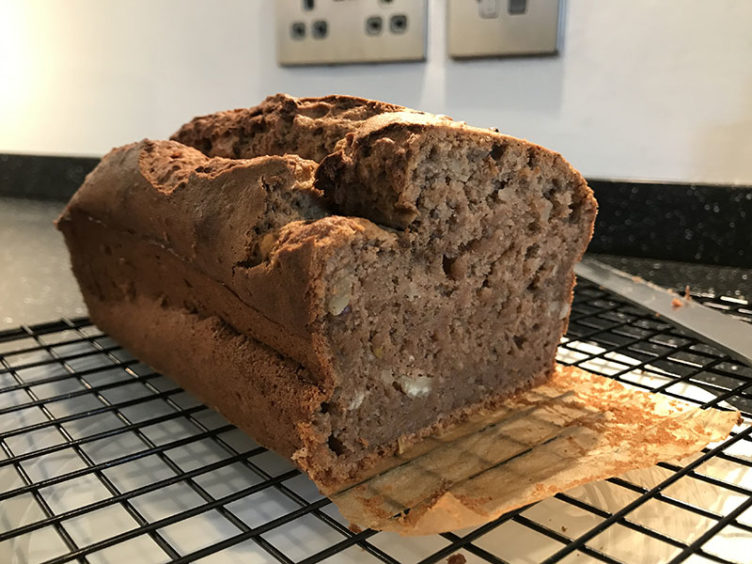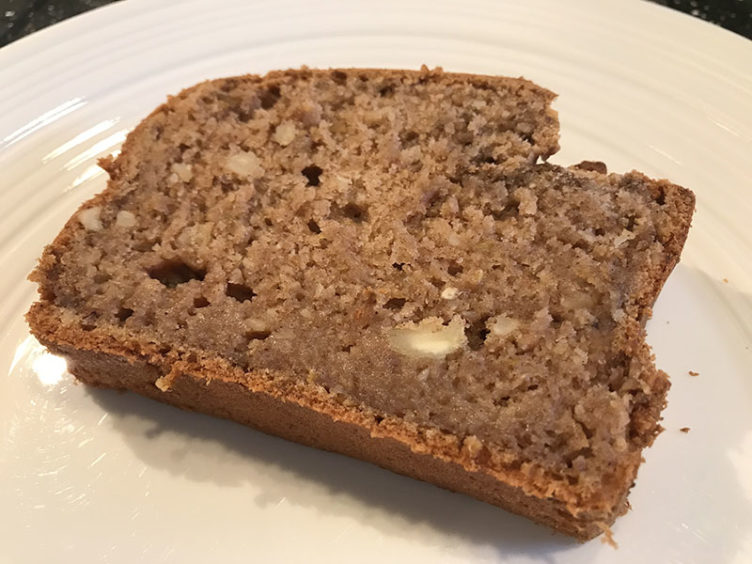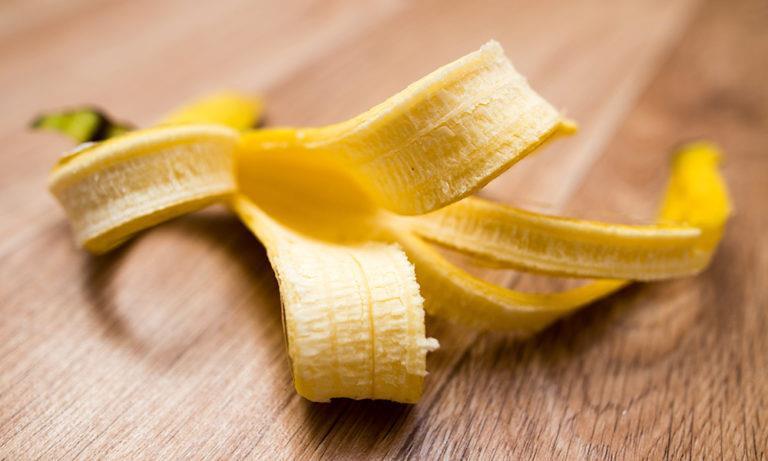The TV cook surprised the nation when she added an unusual ingredient to a curry in her latest series. So was it a slip up, or is there more to this fruity favourite than meets the eye?
“I hope I didn’t traumatise you too much with the banana skins,” Nigella Lawson tweeted fans earlier this week after sending social media into meltdown with her unorthodox curry recipe.
Though some were intrigued by the idea shared on the TV chef’s Cook, Eat, Repeat show on BBC2, others couldn’t get their heads around it.
After soaking the banana skins in boiling water, Nigella combined them with cauliflower to create a nutritious curry.
But far from being an aberration, the idea of using banana skins is rapidly catching on among nutritionists and healthy eating enthusiasts. I’ve been adding them to bakes, smoothies and curries for months now and love both the fibre boost and the added texture.
Thank you everyone for your lovely comments. I will reply to as many as possible tomorrow. For now, , let me just say 1) I hope I didn’t traumatise you too much with the banana skins (I promise you the curry is divine) and 2) I’m very grateful for your all-round gorgeousness xx
— Nigella Lawson (@Nigella_Lawson) November 9, 2020
What’s so good about banana skins?
We’re often reminded of the importance of eating “well”, the idea being that by including fresh fruit and vegetables as part of our daily mix, proteins in the form of plant-based, fish, meat or dairy products, and a small amount of carbs too, we help ensure we meet our nutritional needs.
But these days there’s even more to eating well because we now also have strong evidence showing that encouraging good bacteria to flourish in our digestive system will help almost every aspect of our health – including our brain function.
Which brings me to the humble banana peel. The golden rule of good gut health is to eat as big a variety of fruit and veg every day as you can, aiming for lots of different colours in a day, including yellow.
We know fruit skins are one of the most nutritious parts of a plant because they’re rich in fibre – a key contributor to digestive health – vitamins, minerals and antioxidants. Banana skins are no exception. In fact, they contain more fibre, vitamins B6 and C than the fruit inside, as well as potassium and magnesium.
Eating bananas when they are under-ripe – so the skins still have a greenish tinge – has been found to give you a probiotic boost. Pair that with the fibre and added nutrients in the skin and you have a winning combination. Including higher fibre in your diet will help keep you fuller for longer and has been shown to reduce the absorption of cholesterol in your blood, lowering the risk of a stroke, type 2 diabetes, heart disease and bowel cancer.
You can blend the peel to include it in banana bread, curry sauces – or in smoothies (watch the video at the top of this article to see how it easy it is).
Personally, I would find it a bit hard on the stomach to eat the skin raw so I instead steam it for a couple of minutes before blending with the banana fruit and some live yoghurt – another good source of probiotics – to make a delicious smoothie. You barely notice the taste of the skin which becomes very mellow with steaming, but the added fibre makes for a more substantial snack (or breakfast as it usually is in my case) with plenty of health benefits.
My banana bread recipe using the skins

I’ve recently taken to making a low(er)-sugar banana bread using a couple of bananas that were past their peak and including the skins. The banana skins are unnoticeable once blended into the mixture and cooked, but they lift the texture and make for a lovely, bouncy, fibre-charged bread.
If you fancy giving it a go, just blend the following ingredients together in a mixer and bake in a loaf tin (200°c, 180°c fan) for around 50 minutes or until a skewer comes out clean. I line the bottom of the tin with greaseproof paper and grease the sides with a little butter.
- 100g unsalted butter, softened
- 2 large ripe bananas (or 3 smaller ones), washed with ends trimmed, roughly chopped with peel on
- 90g golden caster sugar
- 3 eggs
- 1 tsp vanilla extract
- 210g self raising flour (you can use gluten-free self-raising flour in the same quantity)
- 1 tsp baking powder
- 1 tsp ground cinnamon
- 70g walnuts or pecans

